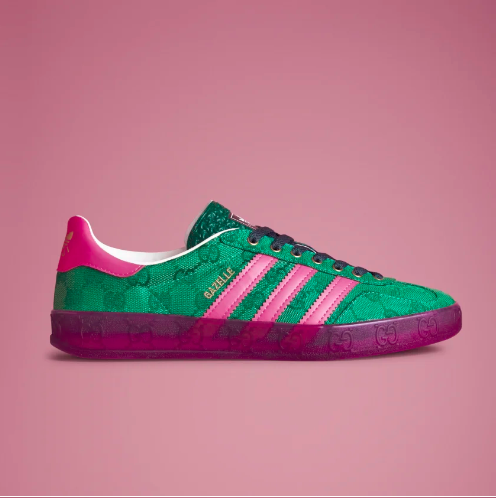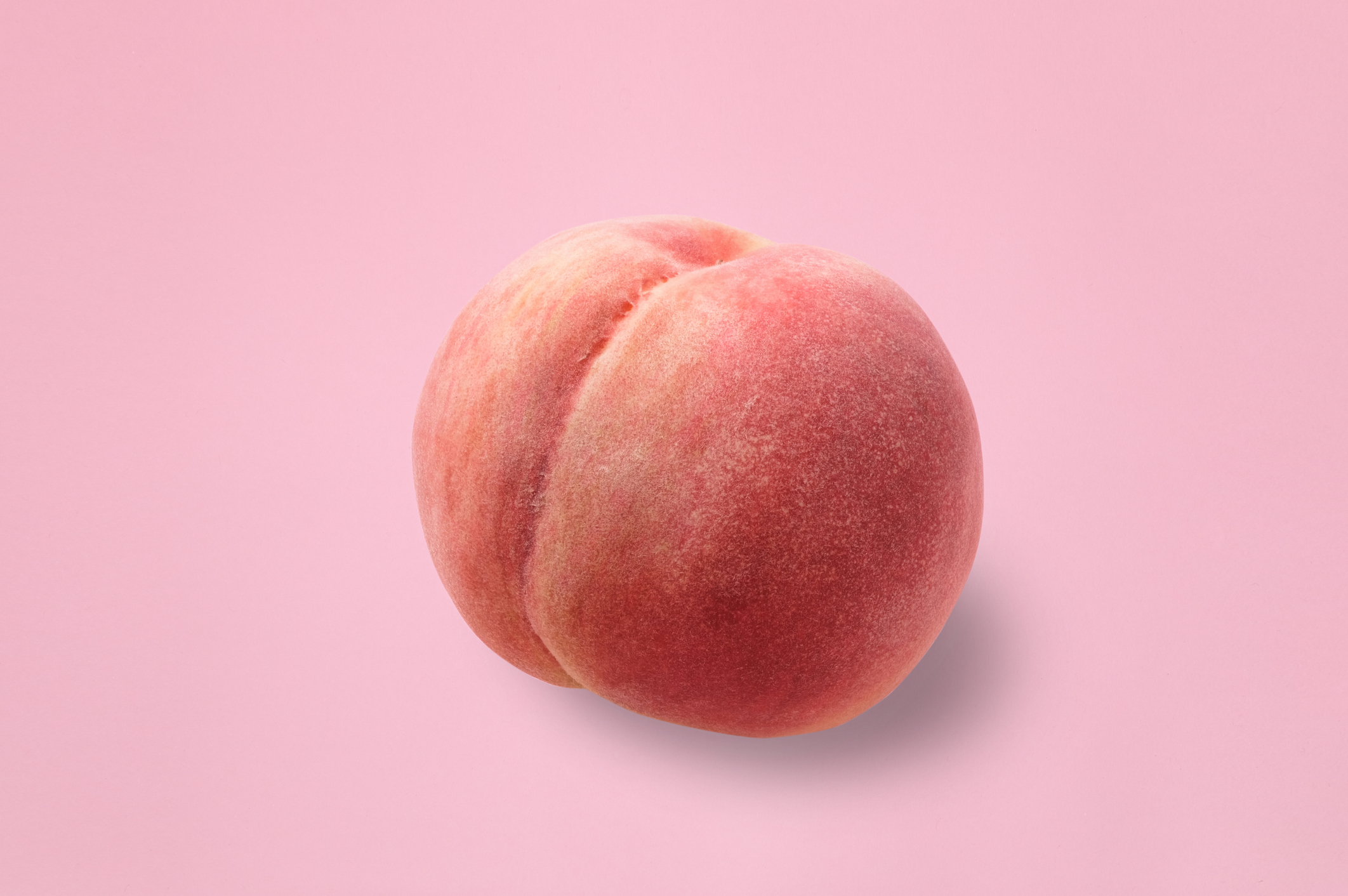What’s the hype about ice baths, Wim Hof Method and cryotherapy? We take the plunge and answer all your questions, including creating your own ice bath experience at home.
Cold therapy is the practice of frequently exposing yourself to cold temperatures for a certain amount of time in order to gain health and sporting recovery benefits. You can do this in a machine that circulates freezing air around the body, in an ice bath or even a cold shower. The good news is there are many affordable options, and it only takes minutes! Over recent years, it has been gaining popularity due to the rise in people prioritising their physical and mental health and the research accrediting its health benefits.
An article on cold therapy wouldn’t be complete without mentioning Wim Hof (also known as “the Iceman”). Wim Hof, a Dutch extreme athlete, created the viral Wim Hof Method – a cold therapy practice of ice baths/showers combined with breathing and meditation. His large following has long been known for withstanding brutally cold temperatures to improve mental and physical health. Some of Wim Hof’s claims to fame are climbing the highest mountain in Africa, Mount Kilimanjaro, in shorts, running half a marathon above the Arctic Circle barefoot and standing in a container covered in ice for nearly two hours.
Health Benefits of Cold Therapy
Increase Metabolism and Weightloss
Brown adipose tissue (BAT) is a type of fatty tissue that can convert excess energy into heat. Because of this unique trait, it has long been considered a target for metabolic disorders and weight loss.
Cold exposure has proven to stimulate BAT and:
- increase the conversion of glucose and fat into heat
- increase free fatty acid uptake
- speed up the metabolism
- improving insulin sensitivity
Enhanced Recovery from Exercise
Ice baths have been a popular recovery tool for athletes – helping minimise their downtime while maximising recovery. Many of us will know how it feels to be sore the next day after activities like running or weight training. This pain experienced 12-72 hours post-exercise is called delayed onset muscle soreness (DOMS), created from temporary muscle inflammation and micro-tears within the tissue.
The postulated ways ice baths help aid recovery by:
- constricting blood vessels, helping flush out lactic acid and other waste products
- reducing swelling, inflammation and tissue breakdown
Strengthen Immune System
An ice bath a day keeps the doctor away?
The number and activity of immune system cells, including leukocytes, granulocytes and natural killer cells, increased with daily cold exposure. Though we are unsure of the exact mechanism, it shows promise that a frequent cold blast can help boost your immune system to prevent tumour formation, infections and getting sick.
Improve Sleep and Mood
The secret to chilling out? Ice bath.
While a warm bath can cause a spike in melatonin, an ice bath can cause a greater one. Melatonin, a hormone that promotes sleepiness and other feel-good endorphins, get released from cold exposure. These endorphins help people feel lighter, happier and even more focused. Cold exposure could help those with mental illnesses like depression and anxiety without using drugs. Researchers also hypothesise that coping with the stress of being cold helps rewire the brain’s response to stress and strengthens its resilience. While this isn’t a new concept (Hippocrates believed it could relieve fatigue), more research is needed to understand the mechanisms.
Auckland’s Cold Therapy Hot-Spots
- Hana, Grey Lynn
For a sleek and chic recovery experience, there is Hana. Hana offers contrast therapy where you can move between an infrared sauna heated up to 70 degrees Celsius to an ice bath of a cool 6 degrees Celsius. They also provide all the amenities of cool filter water, luxury towels and skincare.
- Cryo Health Solutions, Takapuna
If you’re not ready to take the plunge, take a step inside this cutting-edge studio offering non-invasive cryotherapy. They offer Whole Body Cryotherapy (WBC), which exposes clients to intensely cold, dry air for up to 3 minutes. Unlike ice baths, you can use WBC pre and post-workout. The team also offer localised cryotherapy for spot treatment of body parts experiencing arthritic pain, sports injuries, lower back pain, knee issues, neck pain and more. Lastly, they also offer cryotherapy facials for anti-aging purposes. As the cold stimulates collagen synthesis, the skin remodels to form a tighter, smoother complexion. We think the term frotox is most appropriate.
DIY Ice Baths At Home
To harness the full health benefits of cold therapy, you must do it frequently. Therefore, an at-home solution may be more convenient.
One of the simplest ways to try cold therapy at home is to take a cold shower. Start by taking a warm shower, then gradually decrease the temperature. Aim to stay in for at least 2-3 minutes for maximum benefit.
Another option is to fill a bathtub with cold water and ice and soak for 5-10 minutes.
Lastly, if you’re ready to invest, several ice baths are on the market. These Bespoke Ice Baths are great as they are affordable, take up little room, are easy to move around and can be packed away when not in use.
As a little hack to make your ice go longer, choose saltwater ice – available at fishing shops.
The information provided in this article is for educational and informational purposes only and is not intended to be a substitute for professional medical advice, diagnosis, or treatment. Always seek the advice of your physician or other qualified healthcare providers with any questions regarding a medical condition or treatment before undertaking a new healthcare regimen.
The author and publisher of this article are not medical professionals, and the information presented here should not be interpreted as medical advice. The information presented in this article is based on research and personal experience and may not apply to all individuals. The author and publisher are not responsible for any actions or inactions taken based on the information provided in this article.
If you have a medical emergency, call your healthcare provider or emergency services immediately. Never disregard professional medical advice or delay seeking it because of something you have read on this website.







